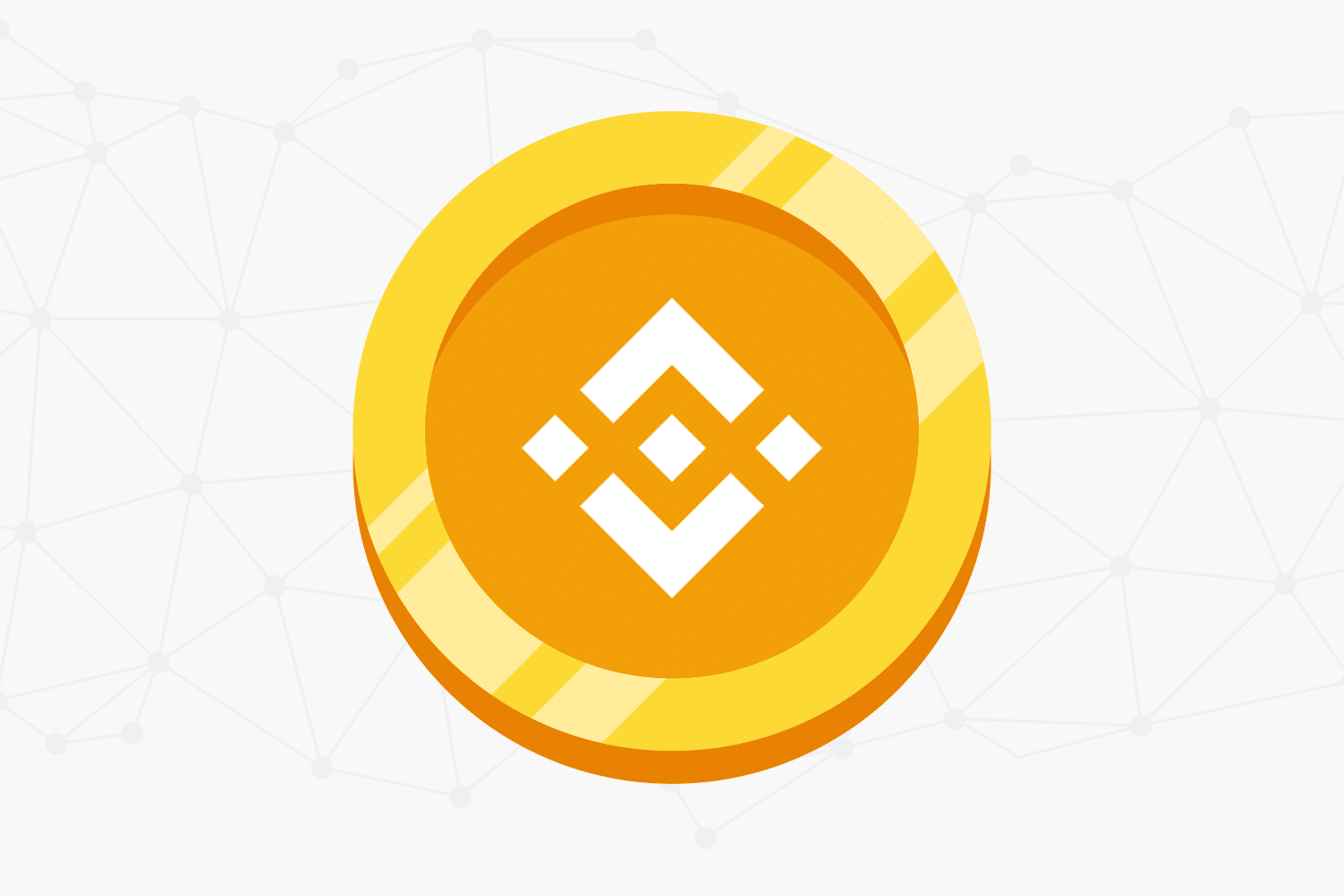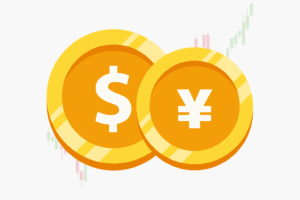BNB is a cryptocurrency that started as Binance Coin but now stands for “Build and Build.” BNB powers the Binance ecosystem and provides users with discounted trading fees, payment options, and access to various blockchain services.
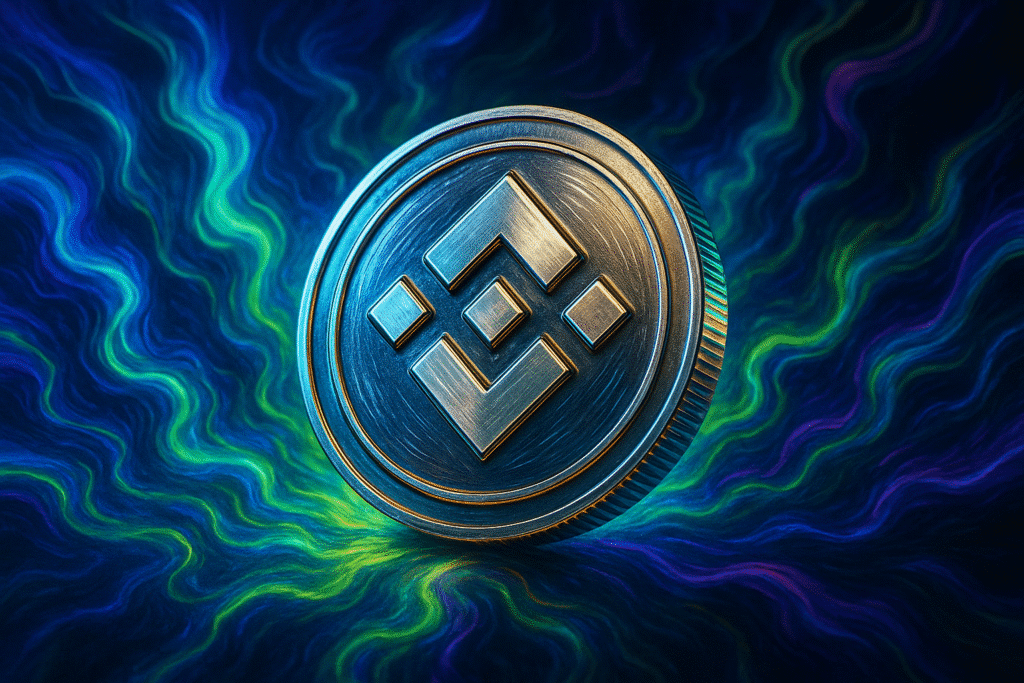
I’ve watched BNB evolve from a simple exchange token into a versatile digital asset that supports multiple blockchains and applications. The token launched in 2017 through an initial coin offering and has since transformed into the native cryptocurrency of the BNB Chain ecosystem.
Understanding BNB is essential for anyone interested in the Binance platform or decentralized finance. I’ll walk you through its history, how it works across different blockchain networks, and the various ways you can use this cryptocurrency in today’s digital economy.
Key Takeaways
- BNB is the native cryptocurrency of the Binance ecosystem that offers trading fee discounts and powers blockchain transactions
- The token evolved from an Ethereum-based ERC-20 token to supporting multiple blockchain formats including BEP-2 and BEP-20
- BNB has multiple use cases including payments, staking, participating in token sales, and accessing decentralized applications
Overview of BnB
BNB is the native cryptocurrency of the Binance ecosystem. The name stands for “Build and Build” and was formerly called Binance Coin.
I can explain that BNB serves as the blockchain gas token that fuels transactions on BNB Chain. This makes it essential for network operations.
View Binance Live Price Ticker
Key Functions of BNB:
- Transaction fees on BNB Chain
- Trading fee discounts on Binance exchange
- Staking rewards
- DeFi applications
- NFT transactions
The cryptocurrency launched in 2017 alongside the Binance exchange. Since then, it has evolved beyond just a trading token.
BNB originally ran on the Ethereum blockchain but now operates on its own network. The BNB Chain comprises the BNB Beacon Chain and BNB Smart Chain.
| Feature | Details |
|---|---|
| Launch Year | 2017 |
| Maximum Supply | 200 million coins |
| Network | BNB Chain |
| Primary Use | Gas fees, trading discounts |
The token has a maximum supply of 200 million coins. Regular burn events reduce the circulating supply to increase scarcity.
BNB supports smart contracts and decentralized applications. This makes it compatible with various crypto assets and blockchain projects.
History & Evolution
Airbnb started in 2008 when three founders faced a common problem. Brian Chesky, Nathan Blecharczyk, and Joe Gebbia couldn’t pay their rent in San Francisco.
They noticed a design conference had created a hotel shortage. The roommates set up air mattresses in their living room and offered breakfast to attendees.
The original name was “Air Bed and Breakfast.” This explains why Airbnb is an abbreviation of its original name. They launched airbedandbreakfast.com because Craigslist felt too impersonal.
Early Struggles
I find their early funding story fascinating. They approached 15 angel investors with eight rejections and seven not responding. Many investors worried about strangers staying in people’s homes.
The founders got creative during the 2008 election. They raised $30,000 by selling limited edition cereal boxes featuring Barack Obama and John McCain.
The Breakthrough
Paul Graham from Y Combinator invested $20,000 in early 2009. He encouraged the founders to visit New York City and understand their users better.
By March 2009, they had 10,000 users and 2,500 places to stay. The company shortened its name to Airbnb and secured $600,000 from Sequoia Capital.
Rapid Growth
Airbnb achieved 1 million nights stayed in 2011 across 89 countries. The platform became a tech unicorn shortly after winning awards at SXSW.
Legal challenges emerged in 2012 as cities made short-term stays illegal. Despite setbacks, Airbnb reported 150 million active users in 2018.
Read the latest on our Binance Price Analysis.
Composition & Sector Weights

BNB operates across multiple blockchain networks with distinct compositions. The BNB Chain ecosystem consists of two main components that I’ll break down.
BNB Beacon Chain serves as the governance layer. This blockchain handles staking and voting mechanisms. It was originally launched as Binance Chain to support the Binance DEX.
BNB Smart Chain functions as the execution layer. This blockchain network runs smart contracts and supports decentralized applications. It maintains compatibility with the Ethereum network.
The token distribution varies across these networks:
| Network | Token Standard | Primary Use |
|---|---|---|
| BNB Beacon Chain | BEP-2 | Trading, staking |
| BNB Smart Chain | BEP-20 | Smart contracts, DeFi |
| Ethereum | ERC-20 | Cross-chain compatibility |
BEP-2 BNB tokens exist on the Beacon Chain. These handle governance and DEX operations. BEP-2 tokens can be converted to other formats through bridges.
BEP-20 tokens operate on the Smart Chain. This standard mirrors Ethereum’s ERC-20 token functionality. It allows developers to port projects from the Ethereum blockchain.
I observe that BSC maintains dual compatibility. It supports both Ethereum applications and native Binance ecosystem tools. This creates a bridge between traditional digital assets and newer blockchain innovations.
The mainnet launch established separate token economies. Each network maintains its own validator set and consensus mechanism while sharing the Binance Coin as the native asset.
Calculation Methodology
BNB uses different calculation methods depending on the specific function. I’ll explain the main approaches used across various BNB operations.
Balance Calculations
For daily BNB balance calculations, Binance takes hourly snapshots at random times. This method includes pending orders in the balance calculation.
Positions created before August 2, 2019 use the original calculation method. Simple Earn BNB positions during redemption don’t count toward the balance.
Auto-Burn Formula
The BNB auto-burn mechanism uses a specific formula: B = N × 1000. This calculation determines how many tokens to remove from circulation.
The auto-burn formula responds to supply and demand forces. It factors in BNB Chain’s operational metrics and current market conditions.
Key Calculation Features
• Dynamic adjustment based on price and market conditions • On-chain data from BSC determines burn amounts
• Independent verification ensures transparency • Objective process separate from trading volume
The auto-burn uses on-chain information from the BNB Smart Chain to calculate burn amounts. This method automatically adjusts based on supply and demand dynamics.
Each calculation method serves different purposes within the BNB ecosystem. The balance calculations help determine user holdings, while auto-burn calculations manage token supply.
Significance & Common Uses
BNB serves as a utility token that powers multiple services across the Binance ecosystem. I can use BNB to get trading fee discounts on Binance, which is one of its most popular benefits.
The token plays a key role in Web3 and DeFi applications. I can use BNB for staking to earn rewards and participate in network security.
Payment Solutions
- Binance Card – Spend BNB for everyday purchases
- Binance Pay – Send and receive payments using BNB
- Travala.com – Book hotels and flights with BNB payments
Trading & Investment Features
BNB works across multiple trading products. I can use it for Binance Futures trading and Binance Liquid Swap for automated market making.
Binance Charity accepts BNB donations for global humanitarian projects. I can also purchase virtual gifts on Binance’s social platform using BNB.
Blockchain Infrastructure
BNB powers the BNB Chain ecosystem where I can interact with dApps. The network includes OpBNB for faster transactions and BNB Greenfield for decentralized storage solutions.
Voting rights come with BNB ownership, allowing me to participate in governance decisions for various projects built on the BNB Chain.
The token’s significance extends beyond just Binance’s exchange platform, making it essential for the broader blockchain ecosystem.
How to Invest (No Advice)
I can buy BNB tokens through several cryptocurrency exchanges. Most major platforms list BNB for trading.
Popular Exchange Options:
- Binance (native exchange)
- Coinbase
- Kraken
- eToro
I need to create an account on my chosen exchange first. This involves identity verification and linking a payment method.
Trading Fees to Consider:
- Spot trading fees vary by platform
- Transaction fees apply when moving BNB
- Some exchanges offer fee discounts for high-volume traders
When I buy BNB tokens, I can hold them in my exchange wallet. I can also transfer them to a personal crypto wallet for extra security.
Payment Methods:
- Bank transfer
- Credit/debit card
- Other cryptocurrencies
I should research different platforms before choosing one. Each exchange has different trading fee discounts and features.
The process typically takes a few minutes to complete. I enter the amount of BNB I want to buy and confirm the purchase.
Storage Options:
- Exchange wallet (convenient)
- Hardware wallet (more secure)
- Software wallet (mobile apps)
I can start with small amounts to learn how the process works. Trading fees and transaction fees will reduce my total BNB holdings, so I factor these costs into my decisions.
Common Questions on BnB
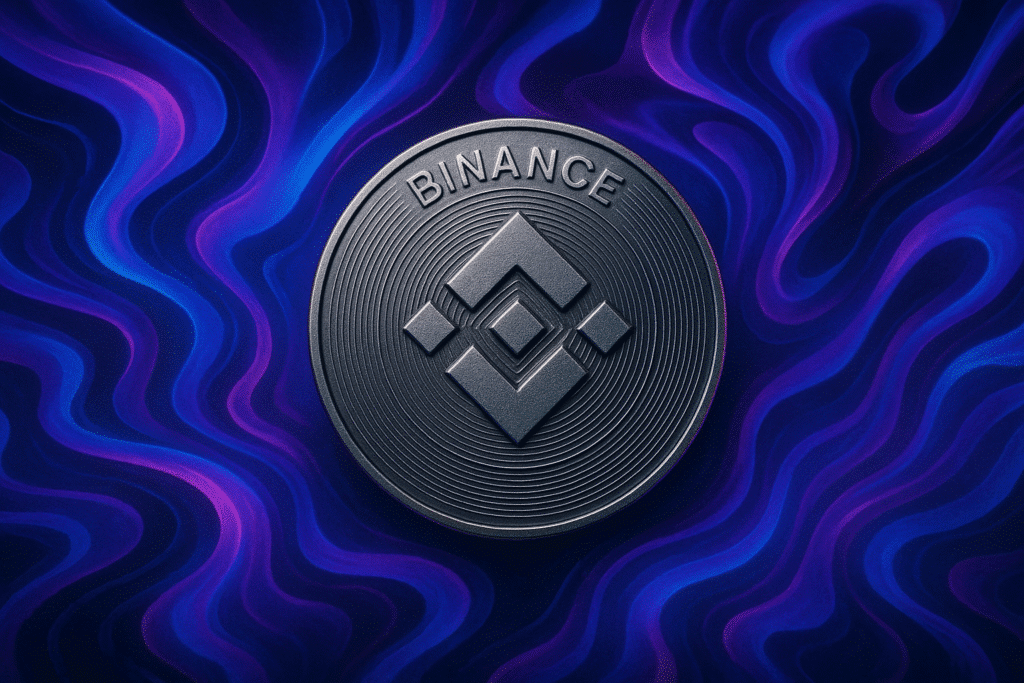
BnB operates on a deflationary model with quarterly token burns, differs from traditional cryptocurrencies through its utility-focused ecosystem integration, and can be monitored through multiple tracking platforms for real-time price and performance data.
How Often Is the Index Reviewed?
BnB doesn’t follow a traditional index review schedule like stock market indices. Instead, the token operates on Binance’s quarterly burn mechanism.
Every three months, Binance conducts a token burn event that permanently removes BnB tokens from circulation. This process continues until the total supply reaches 100 million tokens from the original 200 million maximum supply.
The burn amount depends on several factors:
- Trading volume on Binance exchange
- Gas fees collected on BNB Chain
- Overall network activity and usage
I can track these burn events through Binance’s official announcements. Each burn is publicly documented with the exact number of tokens removed.
The BnB Chain network also undergoes regular updates and improvements. These technical reviews happen more frequently than the quarterly burns.
Network upgrades focus on improving transaction speeds, reducing fees, and adding new features for developers and users.
What’s the Difference Between BnB and Close Peer?
BnB stands apart from other exchange tokens through its comprehensive ecosystem approach. Unlike many competitors, BnB powers its own blockchain called BnB Chain.
Most exchange tokens only offer trading fee discounts. BnB provides multiple utilities:
- Fee discounts up to 25% on Binance trades
- Gas fees for BnB Chain transactions
- Staking rewards through various programs
- DeFi participation across hundreds of applications
Ethereum-based tokens like FTT or KCS operate on different blockchains. BnB runs on its native BnB Chain, giving it more control over transaction costs and speeds.
The token economics also differ significantly. While competitors may have unlimited supplies, BnB has a maximum of 200 million tokens with regular burns reducing this number.
BnB Chain supports smart contracts and hosts thousands of decentralized applications. This creates more demand beyond just exchange usage.
Where Can I Track the Index Live?
I can monitor BnB’s live performance through several reliable platforms. Each offers different features for tracking price movements and market data.
Primary tracking platforms:
- CoinMarketCap – Shows real-time price, market cap, and trading volume
- CoinGecko – Provides detailed charts and technical analysis tools
- Binance – Official exchange with the most accurate pricing data
- TradingView – Advanced charting with technical indicators
For BnB Chain network activity, I use BscScan. This blockchain explorer shows live transaction data, gas fees, and network statistics.
The BnB ecosystem includes multiple metrics beyond just price. I can track staking rewards, burn events, and DeFi protocol usage.
Mobile apps like Blockfolio and Delta offer portfolio tracking with push notifications for price changes. These help me stay updated on BnB movements throughout the day.
For institutional data, Messari and Glassnode provide on-chain analytics and market research specifically for BnB and other major cryptocurrencies.
Frequently Asked Questions
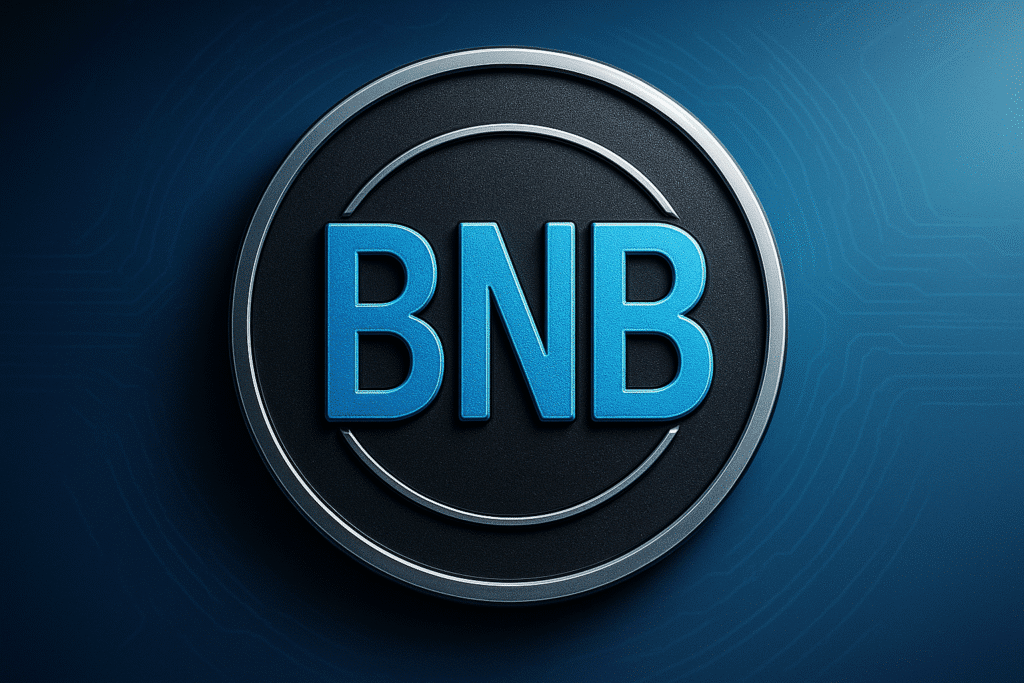
BnB can refer to both traditional bed and breakfast accommodations and the Binance Coin cryptocurrency. The digital asset serves multiple purposes within the Binance ecosystem and operates on its own blockchain network.
Several factors affect BnB cryptocurrency prices in the market. Trading volume and overall market sentiment play major roles in price movements.
The utility token features of BNB include trading fee discounts and staking opportunities. These use cases create demand that can impact the token’s value.
Market adoption of the Binance ecosystem directly influences BnB prices. More users engaging with Binance services typically increases demand for the native token.
External factors like regulatory news and Bitcoin price movements also affect BnB’s market performance.
BnB stands for “Build and Build” and serves as the native cryptocurrency of the Binance ecosystem. The token provides various utilities including trading fee discounts and staking rewards.
Binance created this digital currency as one of the world’s largest cryptocurrency exchanges. The token initially launched on another blockchain before moving to its own network.
BnB functions as a utility token rather than just a payment method. Users can stake the token, participate in decentralized applications, and access special features within the Binance platform.
The BnB Smart Chain supports smart contracts, DeFi projects, and NFTs as part of the broader BnB Chain ecosystem. This blockchain network enables developers to build decentralized applications.
I understand that the Smart Chain works alongside the BnB Beacon Chain to provide enhanced performance. The dual-chain structure allows for faster transactions and lower fees compared to some other networks.
Developers can create various applications on the BnB Smart Chain including decentralized exchanges and lending protocols. The network aims to provide an alternative platform for blockchain innovation.
Users can apply BnB tokens for multiple purposes within the Binance ecosystem. The primary use involves receiving discounts on trading fees when using Binance exchange services.
Staking and yield farming opportunities allow users to earn rewards by holding BnB tokens. These features provide passive income potential for long-term holders.
The token also powers decentralized applications built on the BnB Smart Chain. Users need BnB to pay transaction fees and interact with various DeFi protocols on the network.
BnB was initially launched on a popular blockchain platform before migrating to its own dedicated blockchain. The token later moved to the BnB Chain for enhanced performance and functionality.
The exact launch date and initial price vary depending on which launch phase you consider. The token underwent several transitions as the Binance ecosystem evolved and expanded.
BnB has a maximum supply of 200 million coins with regular burn events that reduce the circulating supply. These burns aim to increase scarcity and potentially support the token’s value over time.

